Discover more Featured Stories like this in The Strad Playing Hub
Set amid the fishing villages and sweeping coastal skies of Fife in Scotland, the East Neuk Festival (ENF) presents its 20th edition this summer with a wide-ranging programme that reflects both its roots and its restless imagination. What began as a chamber music gathering in 2004 has grown into one of the UK’s most distinctive summer festivals, where world-class string quartets perform in village kirks, rising stars debut alongside seasoned legends, and audiences might wander from Schubert lieder to Scottish folk to electric guitar in a single day – often within walking distance.
At the heart of it all is artistic director Svend McEwan-Brown, who co-founded the festival with Donald and Louise MacDonald and has led it ever since. A former BBC Radio 3 producer with a flair for inspired juxtapositions, McEwan-Brown has shaped ENF into a place where programming is both serious and playful, intimate and expansive. He’s known for his instinctive curatorial style and a deep commitment to artist development, as well as a keen sense of how setting transforms performance.
This year’s programme is a quintessential ENF tapestry: all five of Beethoven’s late string quartets performed by four renowned ensembles, a new 16-player commission from Sally Beamish and a rich mix of classical, folk, and jazz offerings — all grounded in East Neuk’s unique sense of place. McEwan-Brown spoke with US correspondent Thomas May about the festival’s roots, its highlights for the 2025 edition and the art of programming with place in mind.
In a nutshell, what’s the story behind the founding of the East Neuk Festival?
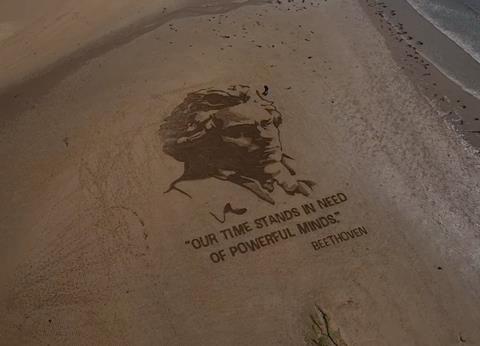
Svend McEwan-Brown: ENF owes it all to Donald and Louise MacDonald, who believed that the East Neuk would make a great place for a festival of the chamber music they love. They were so right! You can see Edinburgh across the water, but it feels out of the world – uncrowded and relaxed. What it lacks in infrastructure it more than makes up for in character, beauty, atmosphere and community.
Donald brought me on board in 2004 and we spent a fun weekend visiting as many potential venues as possible (churches, community halls, stately homes, hotels, gardens…) then came up with a plan. The tone was set without any real discussion: unstuffy, welcoming, discerning: a chance to hear great performances thoughtfully programmed in a special place.
ENF has a tradition of presenting chamber music at the highest level while retaining an intimate, local feel. How have you seen string players respond to the festival’s unique setting over the years?
Svend McEwan-Brown: One of the great pleasures for me is bumping into world famous musicians in Crail or Anstruther chippy (there are heated debates about which is better). The lack of bling and self-importance at ENF helps both players and listeners to relax and focus on what really matters – the music. It helps that we have some wonderful venues, some of them preferable to many concert halls I know. Listening to quartets in Kilrenny Church is perfection: fine acoustic, visually lovely and pews designed to keep you attentive. Dunino, in contrast, is a tiny, woodland church, perfect for guitar, lute, harp. Bowhouse, a year-round powerhouse of Fife’s foodie scene, becomes our biggest hall for five days a year.
Only one musician has played the full range: cellist, Jean-Guihen Queyras, who performed Bach’s solo suites over a single day, opening in bright morning sunlight by the sea and ending a little before midnight in the cavernous darkness of the Bowhouse. Magically, he adapted his programme to the spaces over the day, adding tiny Kurtág solos as he went along. That spirit of spontaneity and finding the perfect piece for the perfect place continues in all we do.
The lack of bling and self-importance at East Neuk Festival helps both players and listeners to relax and focus on what really matters – the music
This year’s festival brings together four world-class string quartets to perform Beethoven’s late masterpieces: the Elias, Pavel Haas, Castalian and Belcea Quartets. What’s the thinking behind spreading these works across multiple ensembles, rather than programming them with a single quartet? Put another way, how does this chime with the ENF aesthetic and approach to audience interaction?
Svend McEwan-Brown: There are three important things here: relationships, programming and getting out of the way. The four quartets appearing this year are old friends of ENF and – nicely - they all have connections back to quartets who came before, when we first started; especially the Alban Berg and Skampa Quartets. When you picture the continent-hopping busy schedules each of them lives with, you appreciate why getting them all to Fife at the same time to perform all five of Beethoven’s late quartets took three years to achieve. It could only happen with that history between us, and I am deeply grateful that they all showed such magnanimity and flexibility in making it happen.
How this reflects an aesthetic? I did not tell the quartets which piece to play but let them choose. My input (in fact all my programming) I would put down to a short attention span. I hate marathon evenings of collected works: I have seen festivals programme all of Beethoven’s quartets over one weekend as though that was a clever thing to do – I’d run a mile. Instead I aimed to give them – and their listeners – a spacious schedule, with Beethoven set against a diverse range of other works. These five pieces and four ensembles are special and different to a magnificent degree: I anticipate that every performance will be an intense experience for all. The least I could do was to give them the room.
What role would you say the late Beethoven quartets play in the identity of this festival milestone — and what do you hope performers and audiences will take away from hearing them in this context?
Svend McEwan-Brown: Is there a greater achievement in chamber music than these five pieces? I’d say not. But it is no secret that Beethoven makes high demands on your ears and mind, and that is why coming to place like the East Neuk to experience it over five days is unbeatable. I hope that what this says about ENF is that it is an enormous pleasure, but a serious pleasure. I hope that being there will put everyone in the best possible frame of mind to really listen and hear what Beethoven tells us in these five pieces, what they tell us about Beethoven, and what the musicians have to share with us. Five pieces is hardly a marathon, but taken together they offer an encounter with him that is as profoundly personal as it is musically magnificent.
You’ve paired each Beethoven quartet with works by composers like Mozart, Schubert, Thomas Adès, and Sally Beamish. What is the curatorial logic behind those pairings — especially how they might speak to Beethoven across centuries?
Svend McEwan-Brown: Again, I blame attention span: I need my ears rinsed with contrasts to get the best out of concerts. But also, I am instinctive programmer so tend to let ideas stew until thoughts pop up – it is less a question of logic than a conviction that ‘this makes sense’. And of course, like every programmer, my wishes are shaped by others’ ideas, difficulties, and impossibilities so I am only one of many folk creating ENF’s programme.
All of the non-Beethoven repertoire in these concerts emerged in discussion, except for the most complicated bit: Sally Beamish’s commission. Her quartets have been heard at ENF before and we have known each other for many years. I knew she was the right person to ask. And, as I anticipated, she has brought a spirit of collaboration by inviting the players to contribute.
Sally Beamish’s new piece Field of Stars is a major commission for this year’s finale, bringing all four quartets together as a 16-part string ensemble. What inspired the idea of uniting these players? How did she engage with the individual personalities of these ensembles while writing Field of Stars?
Svend McEwan-Brown: Sally has created a piece that is personal to her – her inspiration was the journey her husband’s son made on the Camino de Santiago de Compostela. He returned with the emblem of pilgrimage – a scallop shell – which is also ENF’s symbol.
It’s a piece germane to ENF and very much ‘written on’ the quartets. In it, you hear small bells pitched to E, H, C and B – Elias, Pavel Haas, Castalian and Belcea…Then, key themes reflect the different nationalities present, starting with the perfect Scots tune, East Neuk o’ Fife, played by Donald Grant of the Elias Quartet. Later, you hear fragments of the different nations’ folk melodies all of which were suggested to Sally by the performers.
You’ve worked closely with so many extraordinary string players over the past two decades, throughout the festival’s existence. Looking back, are there any moments— rehearsals, performances, even conversations — that stand out to you as emblematic of what ENF is all about?
Svend McEwan-Brown: There is not one but many; though if I could single out an area of activity that means more to me than anything else, it is finding a connection with young artists who then return over the years and bring wonderful things back to us in Fife. This year we have violist Diyang Mei, who was a brilliant student when he first came – now the First Principal Viola of the Berliner Philharmoniker. Guitarist Sean Shibe never ceases to delight, surprise and thrill. Last year, Opus13 Quartet thrilled our audiences, and this year they have already won multiple prizes at two of the most respected quartet competitions.
When anyone starts moaning on about the death of classical music, I point to these wonderful musicians and hope that ENF is here on another 20 years to continue to offer them the perfect place to play.
East Neuk’s 2025 Festival runs from 25 to 29 June; complete programme information here.
In The Best of Technique you’ll discover the top playing tips of the world’s leading string players and teachers. It’s packed full of exercises for students, plus examples from the standard repertoire to show you how to integrate the technique into your playing.
In the second volume of The Strad’s Masterclass series, soloists including James Ehnes, Jennifer Koh, Philippe Graffin, Daniel Hope and Arabella Steinbacher give their thoughts on some of the greatest works in the string repertoire. Each has annotated the sheet music with their own bowings, fingerings and comments.
The Canada Council of the Arts’ Musical Instrument Bank is 40 years old in 2025. This year’s calendar celebrates some its treasures, including four instruments by Antonio Stradivari and priceless works by Montagnana, Gagliano, Pressenda and David Tecchler.

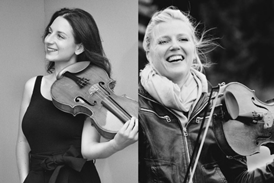
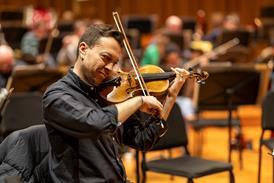

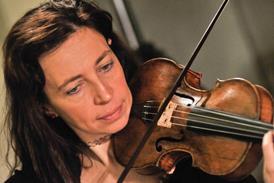
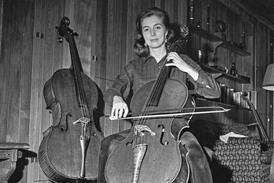
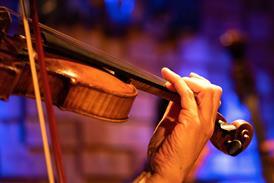
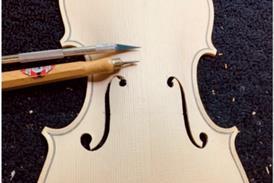

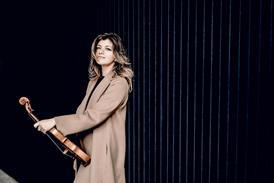

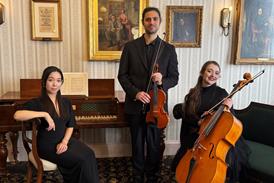
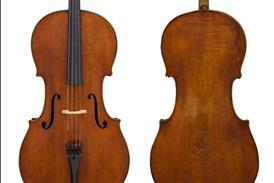
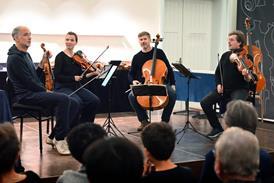
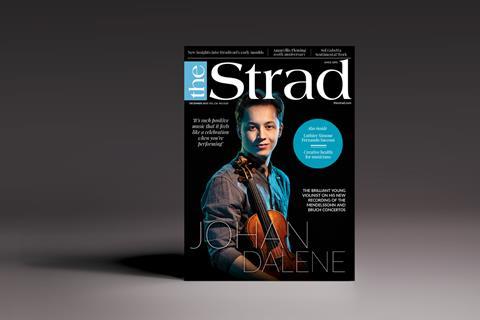
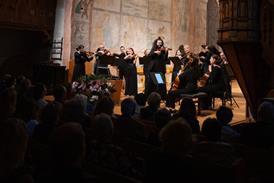

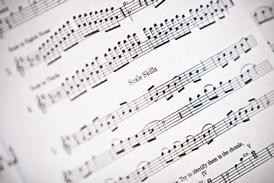
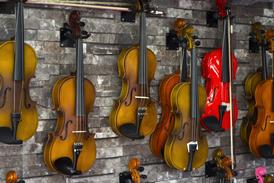

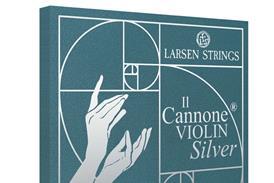
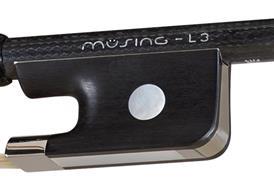
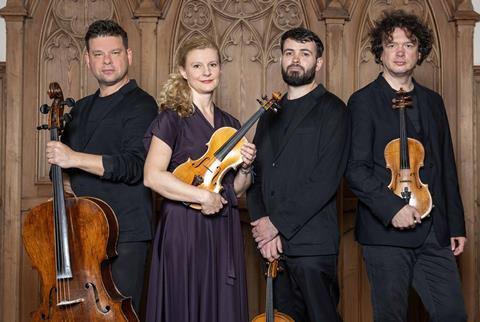

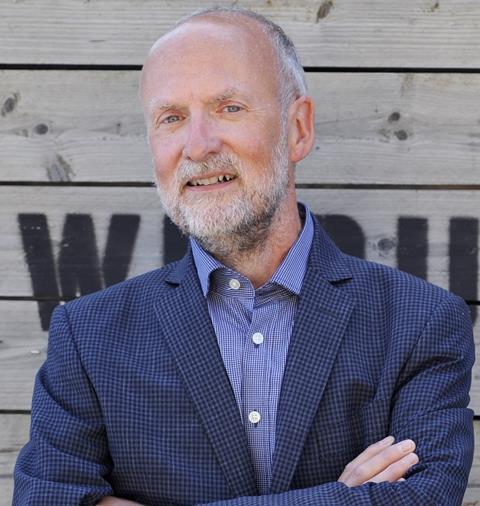
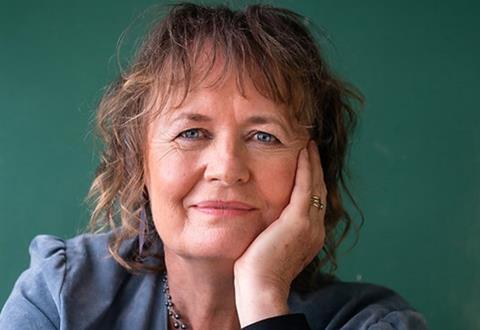
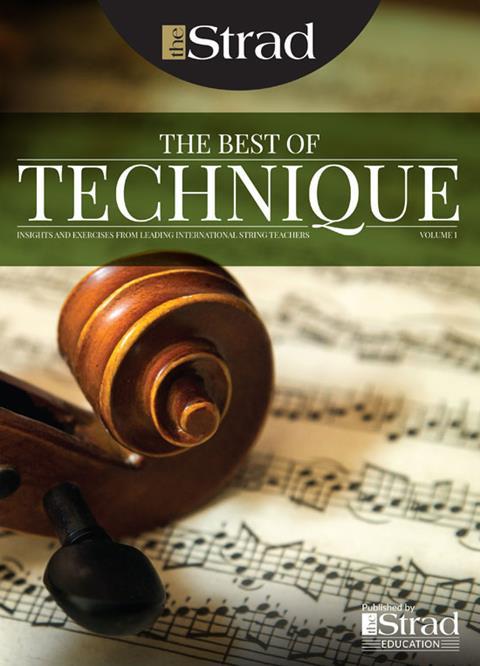
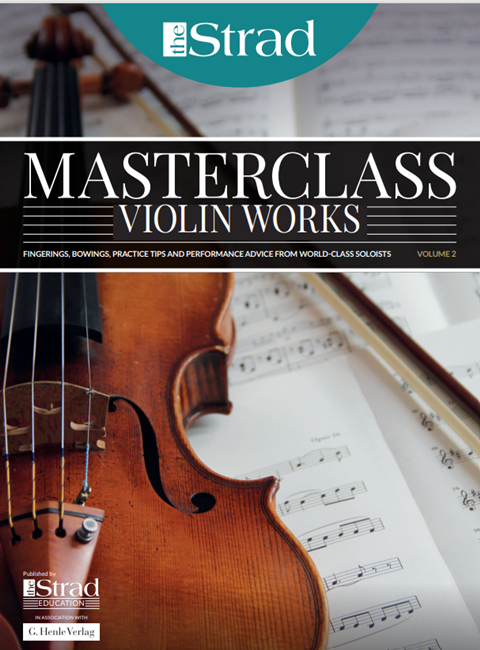
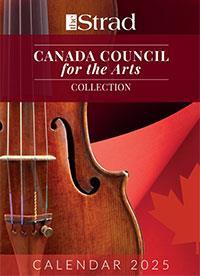
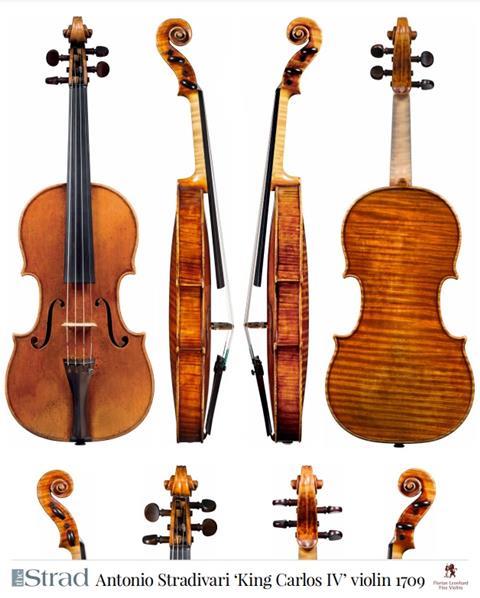
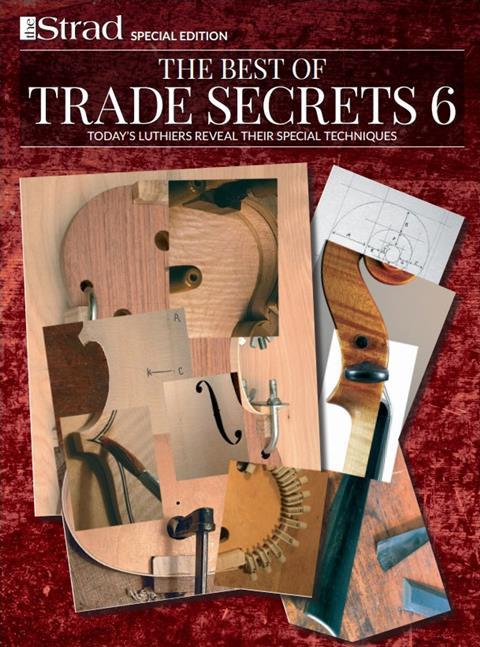
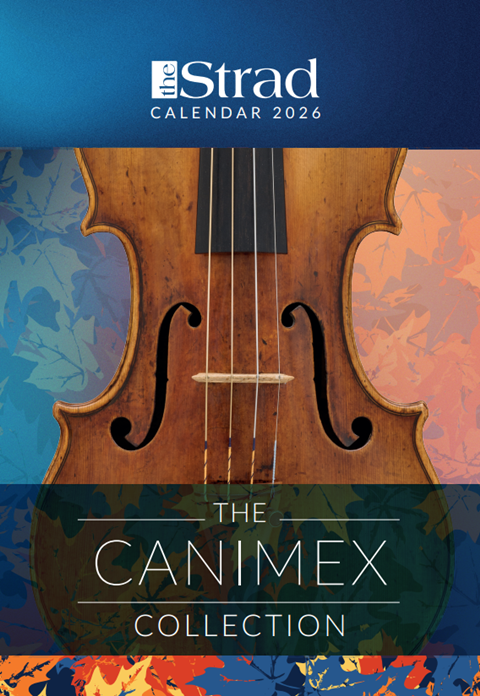
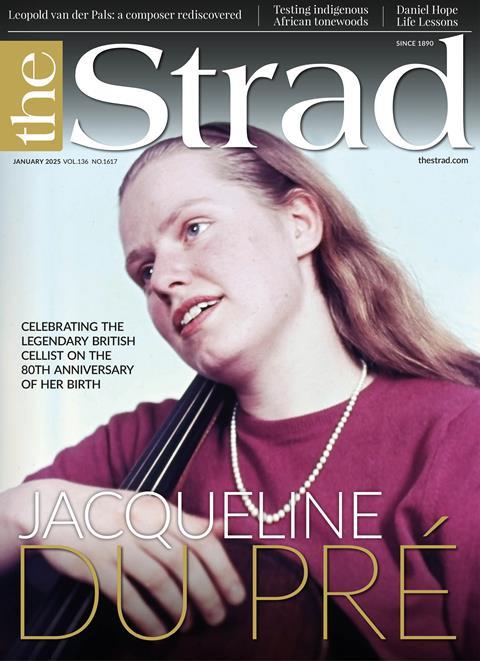
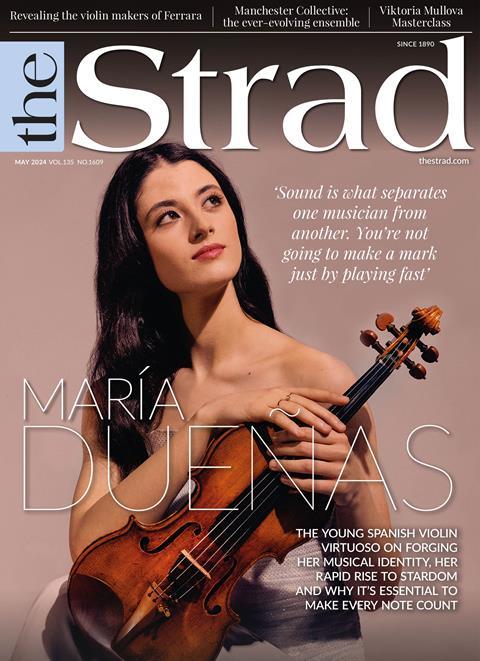
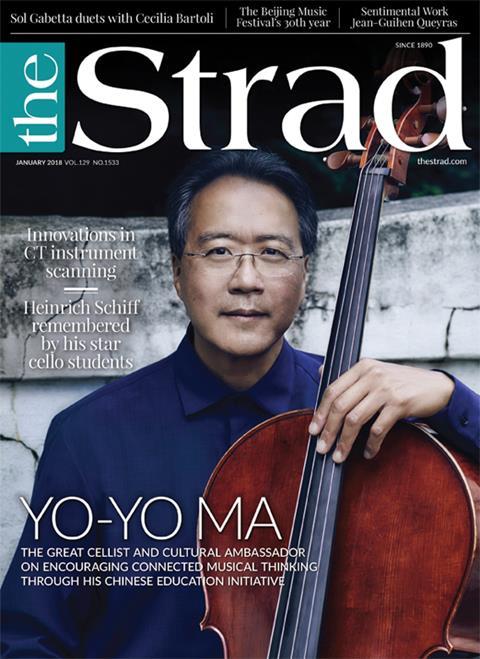












No comments yet